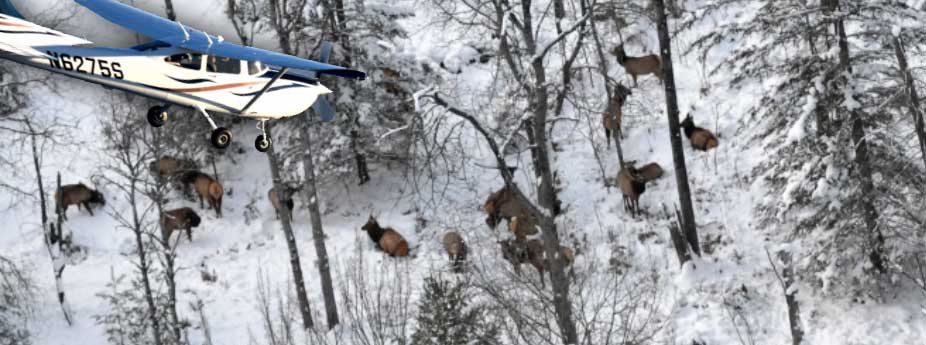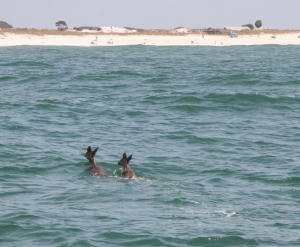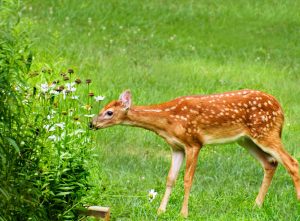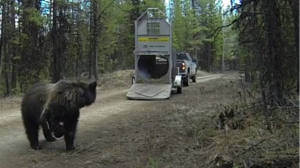With another successful season in the books for Michigan’s elk hunters, the state’s Department of Natural Resources is getting fired up for survey season. With hunter harvest data compiled, officials with Michigan’s wildlife management department are gassing up aerial vessels and are ready to once again assess the elk population.
It Wasn’t Always Done This Way
We’ve come a long way since the early 1900s in many ways including the way in which we account for big game animals such as elk. Tracing reintroduction efforts back to 1918, Michigan has worked diligently to not only ensure these animals survive but thrive. Back then, biologists were dependent on track counts, personal encounters with elk and the information gathered from hunters and residents.
As the process evolved, pellet counts were introduced throughout the 1960s to try and determine size and distribution of elk herds. The technique, still employed by many departments across America, was found to be useful but was not believed to be terribly reliable.
Between the years of 1975 and 2001, Michigan’s DNR employed the use of both air surveys and snowmobile surveys to aid them in estimating density and populations. In 2006, the DNR went all-in on aerial surveys and to this day rely on fixed-wing aircraft paired and corrected using a sightability model.
The Counting Season
Aerial surveys of this nature are almost always reserved for the month of January as the conditions on the ground make for great animal spotting conditions. Yesterday, Michigan’s DNR once again took to the skies on the first aerial survey for elk of the 2018 season. Marking the 100-year anniversary of elk in the Wolverine State, biologists hovered around 800 feet and performed the first grid search of the season.
Early reports indicated that the crew on board of this year’s inaugural flight spotted roughly 100 elk in its first grid search. Each and every year, DNR personnel cover about 1,000 square miles aboard aircraft during elk survey season.
The Numbers
In order to plan and allow for the state’s first elk hunting season, officials set a population benchmark of about 1,000 elk. Elk hunts have occurred on an annual basis in Michigan since 1984, albeit, with very variable seasons.
Last year’s surveys produced 800 elk sightings and based on the model used by the DNR, led officials to peg the population at around the 1,100-animal mark. This year, officials are looking for more animals, hoping to increase that number of sightings to 900 animals. Total fly-time is estimated to be about nine and a half days and will give DNR researchers the data they need to determine the number of tags allotted for 2018 hunting seasons.




